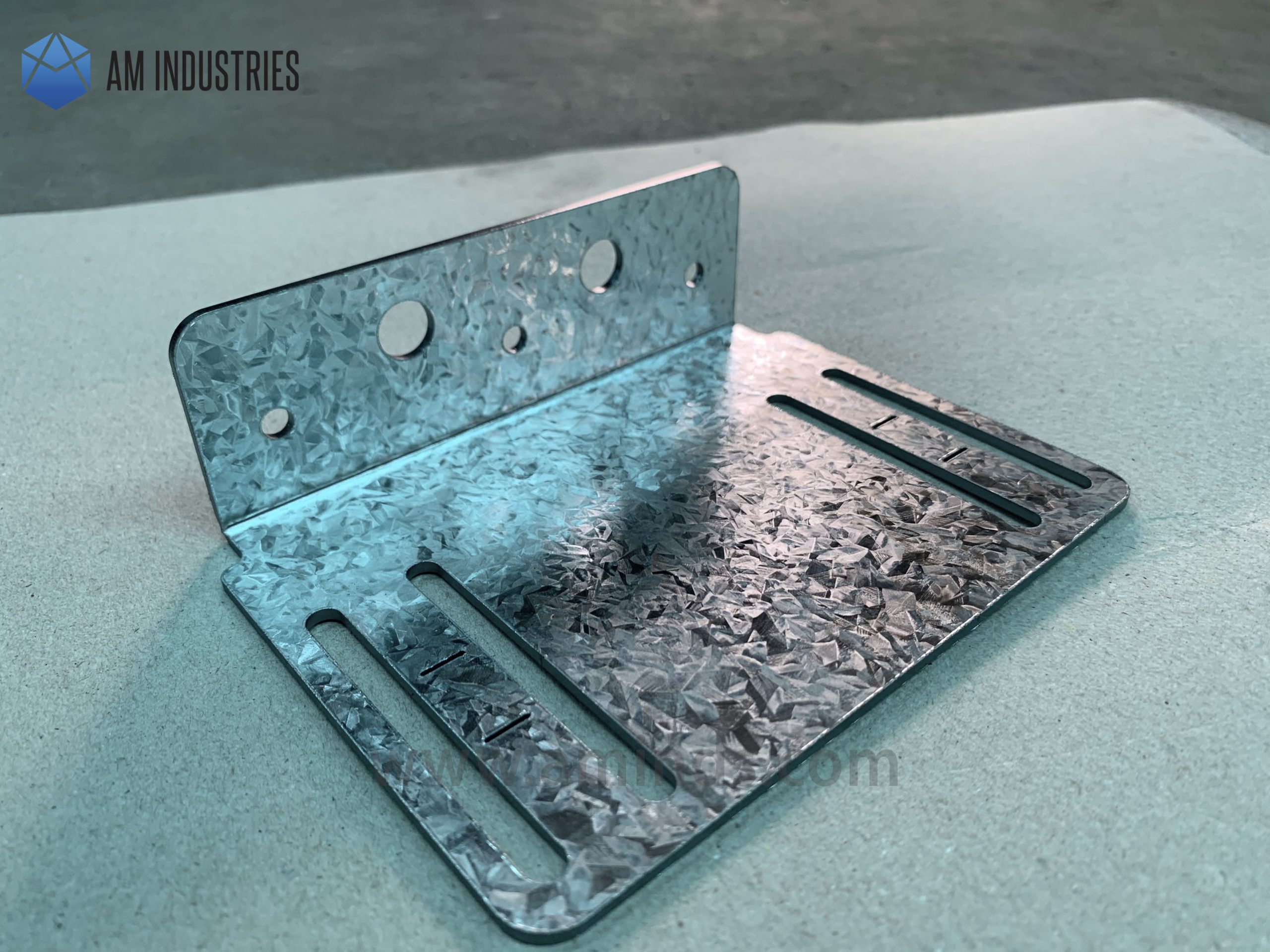Steel Stamping Technologies: Elevating Production Processes for Superior Outcomes
In the world of manufacturing processes, metal stamping has actually long been a foundation method for creating a range of precision elements. Nevertheless, with the relentless march of technological innovation, the landscape of metal stamping is undergoing a substantial makeover. Innovations in this field are not only boosting the performance and high quality of manufacturing however are likewise paving the means for new opportunities that were formerly beyond reach. As the market embraces these innovative growths, a redefinition of what is achievable in manufacturing is underway, promising premium results and setting new requirements for excellence in the field.
Development of Steel Marking Strategies

Additionally, advancements in material science have actually led to the development of high-strength alloys that can now be flawlessly marked into elaborate forms, satisfying a broader series of commercial applications. The integration of robotics and expert system has actually further maximized the marking procedure by boosting speed and precision while minimizing the threat of human error.

Effect of Advanced Materials
Have innovative products transformed metal marking procedures substantially in the production industry? By using products such as high-strength alloys, advanced composites, and cutting-edge layers, metal stamping procedures can currently generate elements that are lighter, more powerful, and a lot more long lasting than ever before.
These innovative materials provide remarkable mechanical homes, corrosion resistance, and thermal security, enabling manufacturers to satisfy the demands of modern-day industries such as aerospace, automobile, and electronic devices. In addition, making use of innovative materials in metal marking has promoted the production of complicated geometries and complex layouts that were formerly unattainable with typical methods.
Furthermore, the execution of innovative products has actually caused lowered material waste, reduced manufacturing expenses, and shorter preparations, making metal marking processes a lot more lasting and economical. As technology proceeds to development, the impact of advanced materials on steel marking processes is expected to drive further development and improve the competition of manufacturers in the international market.
Automation in Metal Stamping
The evolution of steel marking procedures driven by the assimilation of sophisticated materials has actually established the stage for considerable improvements in automation within the production industry. Automation in metal marking has changed production processes, boosting effectiveness, precision, and general result top quality. Through the use of robotics, sensing units, and computer-controlled systems, tasks that were taxing and as soon as hand-operated can currently be implemented with unrivaled rate and precision.
Automation in steel marking not just increases manufacturing prices yet likewise makes certain uniformity in the production process. By decreasing human intervention, the threat of errors is considerably lowered, bring about greater levels of product uniformity and dependability. Additionally, automation allows producers to carry out complex marking jobs that would certainly be tough or unwise to achieve manually.
Moreover, automation in steel stamping adds to a safer working setting by decreasing the demand for employees to take part in dangerous or recurring tasks - Metal Stamping. This change towards automation not only improves performance but also leads the method for the future of manufacturing, where technology plays a central role in driving functional excellence
Top Quality Control and Evaluation Systems
With a concentrate on accuracy and integrity, quality assurance and examination systems play a vital duty in guaranteeing product quality in steel stamping procedures. These systems are created to monitor every stage of production, from product inspection to the final item, to assure that all components fulfill the called for requirements. By implementing sophisticated modern technologies such as optical assessment systems, coordinate gauging makers (CMM), and automated determining tools, suppliers can spot also the smallest discrepancies in dimensions, surface top quality, and general stability of stamped components.

Sustainability Practices in Metal Stamping
Building upon the structure of accuracy and integrity developed through quality assurance and inspection systems, the assimilation of sustainable techniques in metal marking procedures is increasingly becoming a centerpiece for producers seeking to reduce ecological effect and optimize source use. Sustainability techniques in steel stamping incorporate a variety of campaigns targeted at reducing waste generation, power usage, and greenhouse gas discharges throughout the manufacturing procedure.
One key facet of sustainability in steel stamping is the fostering of eco-friendly materials and innovations that promote recyclability and waste reduction. By making use of recycled materials and executing click this link energy-efficient equipment, suppliers can decrease their carbon footprint and add to a much more sustainable manufacturing cycle. In addition, enhancing manufacturing processes to decrease product waste and energy use not just profits the setting but also causes cost savings for organizations in the future.
Furthermore, the execution of lasting methods in steel stamping can improve brand reputation and interest ecologically mindful consumers. As sustainability remains to gain significance in the production market, incorporating environment-friendly initiatives into metal stamping procedures is important for long-lasting success and competitiveness on the market.
Final Thought
To conclude, steel stamping strategies have significantly progressed gradually, incorporating advanced materials and automation to improve manufacturing processes. Quality control and inspection systems play an essential function in ensuring premium outcomes, while sustainability practices are significantly being carried out to decrease environmental influence. These innovations in metal marking have revolutionized the market, bring about more sustainable and efficient manufacturing techniques for numerous industries.
Metal marking, when a handbook and labor-intensive process, has actually changed right into a very automated and innovative method of forming metal sheets into numerous types and designs.Have advanced materials changed metal marking processes considerably in the manufacturing market? By making visit site use of products such as high-strength alloys, advanced composites, and innovative coverings, steel stamping procedures can currently generate elements that are lighter, more powerful, and a lot more durable than ever before.
The evolution of steel marking procedures driven by the integration of advanced materials has established the stage for significant developments in automation within the production sector.In final thought, steel stamping methods have substantially evolved over time, including innovative materials and automation to improve making procedures.